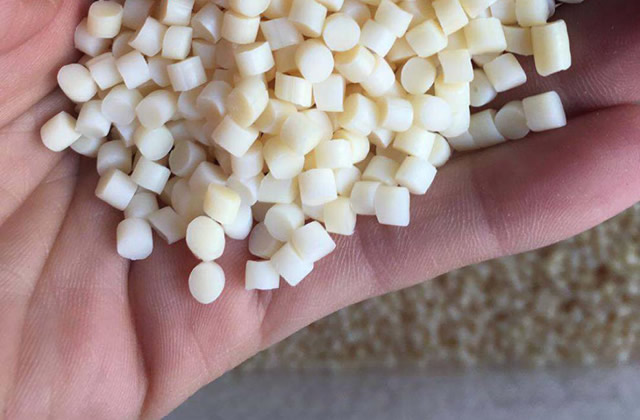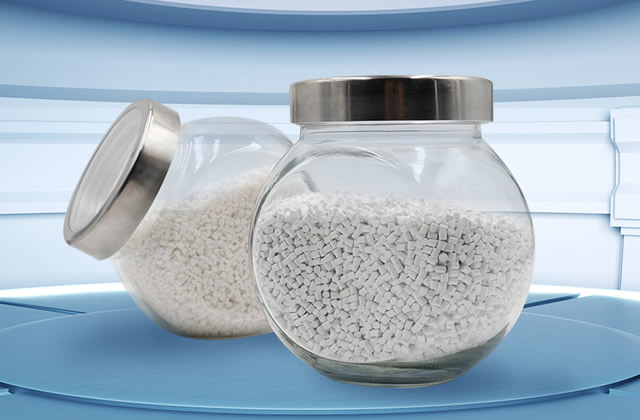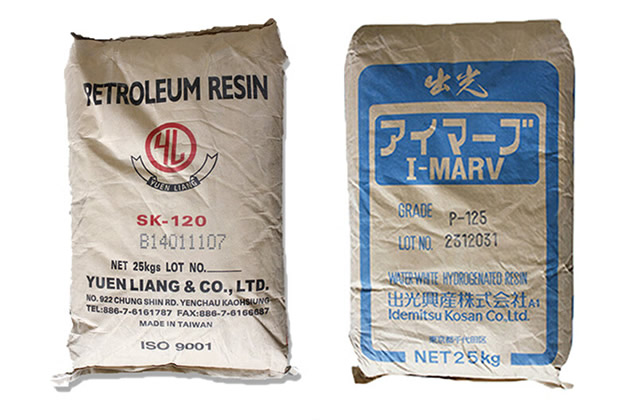1. What is the main component of activated alumina balls?
The main component of activated alumina balls is alumina, which has a high specific surface area and good chemical stability. sex. When adsorbing sulfur dioxide, the hydroxyl groups on the aluminum oxide surface react with the oxygen in SO2 to form sulfate ions. Activated alumina balls have the following advantages:
1. First, activated alumina balls have high adsorption efficiency. Research shows that the adsorption efficiency of activated alumina balls for sulfur dioxide can reach more than 90%, which is higher than other adsorbents.
2. Secondly, activated alumina balls have a long service life. Under appropriate conditions, activated alumina balls can be used continuously several times without affecting adsorption efficiency.
3. Third, activated alumina balls can be used in a wide temperature range. Research shows that the adsorption efficiency of activated alumina balls for sulfur dioxide is relatively stable in the range of 30-70°C, and can meet the needs of different industrial production processes.
4. Finally, activated alumina balls can be recycled. After use, it can be reused to adsorb sulfur dioxide through simple water washing and regeneration. This not only reduces waste but also reduces costs.

2. Production process of activated alumina balls
Activity The production process of alumina balls is not complicated. It actually uses magnesium hydroxide as raw material and undergoes processes such as drying, crushing, rapid dehydration, ball making, solidification, active roasting, screening and packaging.
1. Drying process: The raw materials contain 7%-8% moisture. The adhering moisture will be evaporated by raising the temperature to 150-200℃.
2. Crushing: The raw materials before drying enter the mechanical mill to crush the materials. The particle size distribution of the crushing can be adjusted according to the production needs. Generally, the particle size is made into balls. The distribution is controlled between 325 mesh and 500 mesh.
3. Rapid dehydration: Quickly dehydrated by floating roasting and quenched to produce. The raw materials stay in the equipment for a short time, and the powder produced is also called “quick release”, and the crystal structure is “ρ aluminum oxide”. The channel temperature of the rapid dehydration industrial kiln is 800-900°C, and the entrance and exit temperature of the industrial kiln is 410-460°C.
4. Ball making:This process has also become a key link. In the ball making process, the size, apparent density, crushing compressive strength, specific surface area, and pore volume size of the sphere can be controlled. The ball making method is to form small balls into small balls, and add a certain amount of additives such as potassium nitrate and potassium carbonate.
5. Activated roasting: Enter the activation process after ball making. After the ball activity is resolved, it is replaced with continuous high-temperature 90-100°C steam solidification, which lasts 4-6 hours. Then it enters the shaft kiln for the roasting process. The roasting temperature is 400-450°C and the roasting time is 40-45 minutes.
After the production work is completed, the irregular activated alumina balls are screened out. The product has a uniform particle size distribution and no broken balls, and then it can be packaged and sent to the warehouse.
If the website content violates your rights, please contact us to delete it。








